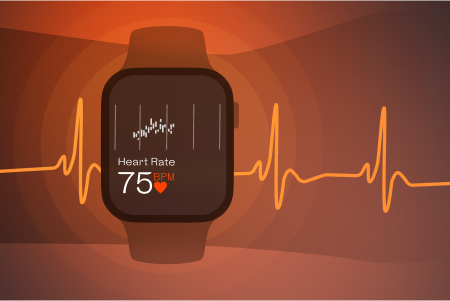
Measuring Resting Heart Rate
From manual pulse counts to the latest in app technology, dive into the transformative journey of heart rate monitoring
Home » Habits & Addictions » Help yourself quit smoking with Welltory

Even if you’re ready to put down the cigarettes, chances are you’re feeling unsure of your success. It’s absolutely normal to have hesitations and fears about quitting smoking, and for many it takes more than one try to quit for good. Luckily, there are tons of resources available that can make the process less challenging.
There are as many ways to quit smoking as there are smokers, and learning about all the different tools available will give you the highest chance for success. Below you’ll find science-backed tips to quit smoking, and you’ll also gain an understanding of how quitting affects your mind and body. You’ll also find out how Welltory can be your quit-smoking partner, so that you’re equipped to handle withdrawal symptoms and track your progress. But first, let’s take a look at how nicotine addiction works, and why it can be hard to quit.
If you’re ready to quit, you already know about the damage smoking causes. What you may not understand is how you got hooked in the first place. When nicotine enters the bloodstream it alters your brain chemistry in profound ways, including tampering with your brain’s pleasure and reward systems. Let’s dig into the science a little deeper to get a better sense of how these changes cause a smoker to become addicted.
Once you take a drag of your cigarette, nicotine rushes to your brain and attaches to nicotine receptors, signaling them to release neurotransmitters, including dopamine and serotonin, two chemicals that rule over the brain’s pleasure and reward systems. If as a smoker you’ve ever been on a long flight, or experienced a period of nicotine abstinence, you’re probably familiar with the pleasurable rush you get when you’re finally allowed to smoke again. In essence, that feeling is nicotine flooding your brain with dopamine and other feel-good chemicals.
As you start smoking more regularly, two vital processes are set in motion that create the cycle of addiction. First, your brain develops an excess of nicotine receptors that need more and more nicotine to be stimulated. This, in part, is why many people begin to smoke more cigarettes over time. Second, research suggests that when nicotine artificially triggers a dopamine release, your brain starts making less of its own, relying on nicotine to keep you feeling good. This dopamine scarcity is one of the reasons quitting smoking can be so difficult, and is partially responsible for withdrawal symptoms.
Though it may take a few months, former smokers can recover depleted dopamine levels. In the meantime, you can boost your dopamine by eating certain foods like bananas and dairy, meditating, exercising, and getting enough sleep.
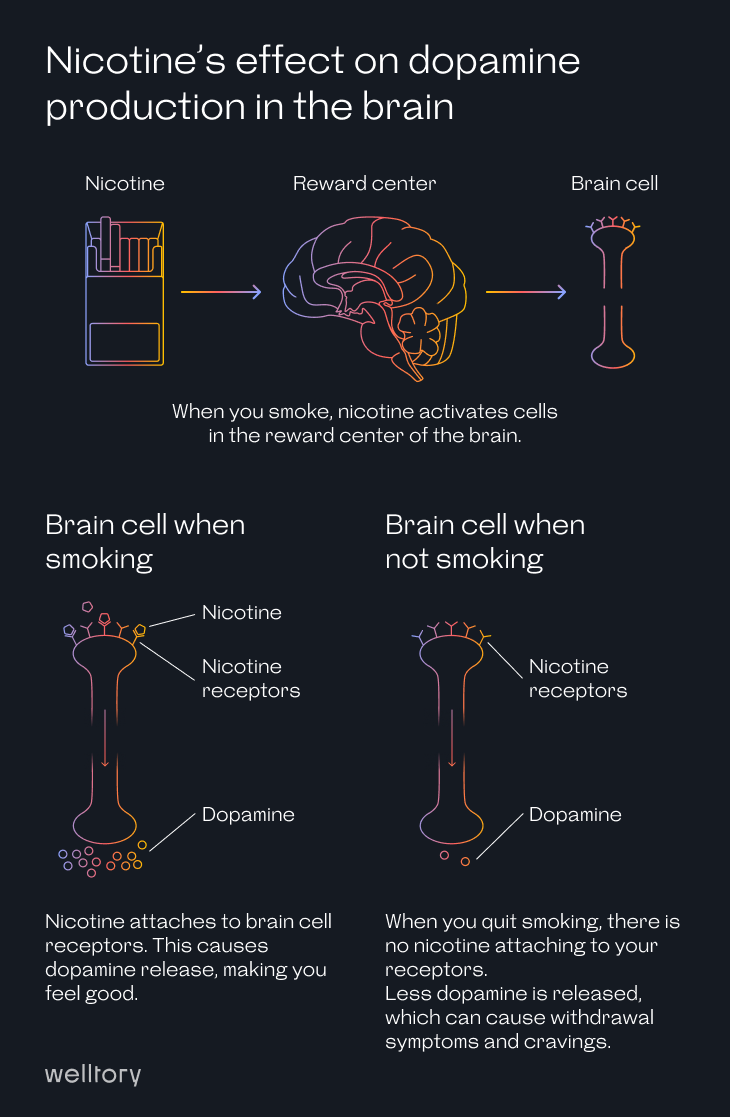
The physical addiction and its effect on your brain is challenging on its own, but like many other addictions, smoking also has an emotional component and a number of withdrawal symptoms that can make the first few weeks especially difficult. To increase your chances of quitting, you’ll need to address the effects of the physical addiction, including withdrawal and cravings, as well as the emotional side.
If you associate smoking with celebrations, a night out with your friends, or a way to relax after a stressful day, you’ll also need to tackle these emotional “triggers.” Triggers can lead to cravings, which can lead to you picking up a cigarette. To avoid a slip-up, you’ll need to find new ways of coping with situations you normally associate with cigarette smoking. If you’re used to having a cigarette with a drink, maybe you’ll need to cut out alcohol for a period of time.. If stress is a major reason for your smoking, see if you can take a few days off of work, or relegate some responsibilities in the crucial first few weeks.
When you’re trying to quit smoking cold turkey ,i.e. without the help of nicotine replacement therapy, nicotine withdrawal symptoms can also make it hard to get past the first few weeks. Everyone’s experience will be different, but some common symptoms include headaches, feeling restless, and trouble sleeping.
Waiting for your brain to rebalance, dealing with triggers, cravings, and withdrawal symptoms is a lot. Luckily, there are many effective, scientifically-sound tools that address all of the pieces of addiction, giving you the best chance at quitting for good.
There are several well-studied aids to help you quit smoking. Products like nicotine patches, prescription medications, as well as therapy, and even a quit smoking book have helped millions of smokers get nicotine-free. To help you gauge which of these tools will work best for you, let’s take a closer look at how they work.
Nicotine replacement therapies (NRTs) include gums, patches, lozenges, and sprays. They work by releasing a small amount of nicotine, potentially curbing cravings and alleviating withdrawal symptoms. Lozenges and gums offer temporary relief once you pop one in your mouth, while quit smoking patches slowly release nicotine into your bloodstream by way of your skin. Lozenges, gums, and patches are available without a prescription, though there are also inhalers and a nasal spray that will require a doctor’s visit.
Some research has shown NRTs to double your chances of quitting smoking, which makes sense. The continued supply of nicotine lets you tackle the emotional and social triggers, without having to go through the physical withdrawal, or the sudden dopamine drop. Long-term success, however, looks a little different. For example, one meta analysis of 12 NRT trials found 30% of people who quit using nicotine replacement therapies relapsed within a year.
Varenicline and bupropion are two medications that can help you quit. Both should be started while you’re still smoking, and require a prescription from your doctor. Like all medications, there are possible side effects that might not make this the best way to quit smoking for you.
Varenicline blocks nicotine receptors, so that even as you’re smoking you get less of the nicotine buzz from the cigarette, eventually making the experience less pleasant. Once you’ve stopped smoking cigarettes, the medication continues to block nicotine receptors, while still releasing some dopamine, which can cut down on cravings and withdrawal symptoms. Varenicline is one of the most effective ways to quit smoking. One study found that 70% of its 1,927 participants were still smoke-free 24 weeks later, compared to just 49.6% of a placebo group.
Bupropion is another medication that can help you quit smoking. It was originally prescribed as an antidepressant, but doctors found that their patients who smoked quit in significant numbers while taking the medicine. Bupropion works by blocking the absorption of dopamine once it’s released, so that higher levels of the chemical remain, boosting mood and for smokers, minimizing cravings and withdrawal symptoms. A systematic review of 19 trials found that bupropion doubled the chances of quitting smoking, with one in five former smokers still cigarette-free one year later. Though effective, bupropion has many contraindications, so make sure to talk through your medical history with your doctor.
Though less studied, there are two additional tools for quitting smoking that are worth mentioning.
Cognitive Behavioral Therapy (CBT) is a science-based approach to counseling that aims to create new ways of thinking, and to change harmful behaviors, including smoking. CBT gives you the tools you need to do the work outside of a clinical setting, so you can continue to deal with cravings and withdrawal symptoms on your own. One popular technique for dealing with cravings is the 4Ds: Delay, Drink water, Deep breath, Distract. Combining CBT with other ways to quit smoking, like medication and nicotine replacement therapy, can increases your chances of success, according to one study.
Allen Carr’s methodology, called EasyWay has been helping people all over the world since 1983. Though there are group sessions, online counseling, and videos, his best known tool is a quit smoking book. Whichever method you choose, the philosophy is the same: to help you understand how nicotine addiction works, break down your illusions about smoking, and eliminate your fears around quitting. There is some promising research about his method, including one study that found that smokers following the EasyWay method were six times more likely to still be smoke-free 13 months later, compared to similar smokers in the general population.
The benefits of quitting smoking are enormous, but they’re not always immediate or easy to grasp. Welltory will help you spot these benefits clearly, providing the positive reinforcement you need to follow through on quitting. These are our top tips:
1 Get feedback from your body
Take measurement with Welltory to see how your body and nervous system respond when you quit smoking. Typically, our users see their stress levels fall and energy levels rise within just a couple of days of smoking their last cigarette. Keeping track of how much better your body actually feels without cigarettes will keep your motivation high and may help you cope with cravings.
If you do end up smoking, you can also take a measurement to see how your body responds — seeing just how much a cigarette increases your stress levels may help you get back on track and stick to your resolution to quit.
2 See the impact of quitting on your sleep, workouts — just about anything you can track
Sync your fitness tracker or other apps and gadgets you use with Welltory, and we’ll visualize your data on charts so you can track trends and changes, as well as correlations between different data flows.
For example, if you sync your sleep data from Sleep Cycle, Apple Watch, or Garmin, you can watch how quitting smoking impacts your sleep duration and number of wake-ups throughout the night. You may have heard that quitting smoking improves sleep quality, but seeing proof on your own data is a lot more motivating.
Same goes for workouts — you might spot positive changes in your maximum workout heart rate, intensity, and even duration.
Head to My Data to check out the full list of data sources you can sync with the app — there are over 120 of them.
It’s easier for our brains to take action or to avoid giving into a bad habit when we can see how it affects us and Welltory helps you track your cravings, triggers, as well as your progress in several ways.
Since positive feedback is crucial to habit formation, the more you can quantify the positive changes of quitting smoking, the more motivated you will be to stay the course. Alternatively, in preparation to quit, you can actually measure what cigarette smoking does to your sleep, stress levels, and heart rate variability.
Welltory works with your tracker and apps like Apple Health, Google Fit, and Samsung Health, to gather data from more than 120 sources that will show you how smoking affects your mind and body. One of them, a free web-based service called IFTTT (if this then that) lets your apps and gadgets talk to each other via simple command chains called applets. When you use IFTTT you can plug in any two behaviors and see their correlation. If you’re still smoking, you can see what triggers make you blow through a pack in one go so you can make a plan for how to handle these situations in the future. Once you quit you can use IFTTT to see how certain behaviors impact your cravings, so you’re better equipped to make decisions that will make the process easier. Maybe you’ll find that taking a dance break keeps the cravings at bay, or that staying late at the office every day makes you want to light up.
Welltory’s Experiments feature lets you see how certain activities affect your stress, energy, and focus levels. Take heart rate variability measurements before you smoke and then again after to see how that cigarette affected you body. If you’ve already quit, you can take measurements before and after taking a walk, or a meditation and see how they’ve impacted your stress levels.
The good news is that your body begins recovering exceptionally quickly, starting with a drop in heart rate just 20 minutes after you put out your last cigarette. Within 24 hours your risk of having a heart attack starts going down, and in three days your body will be nicotine-free.
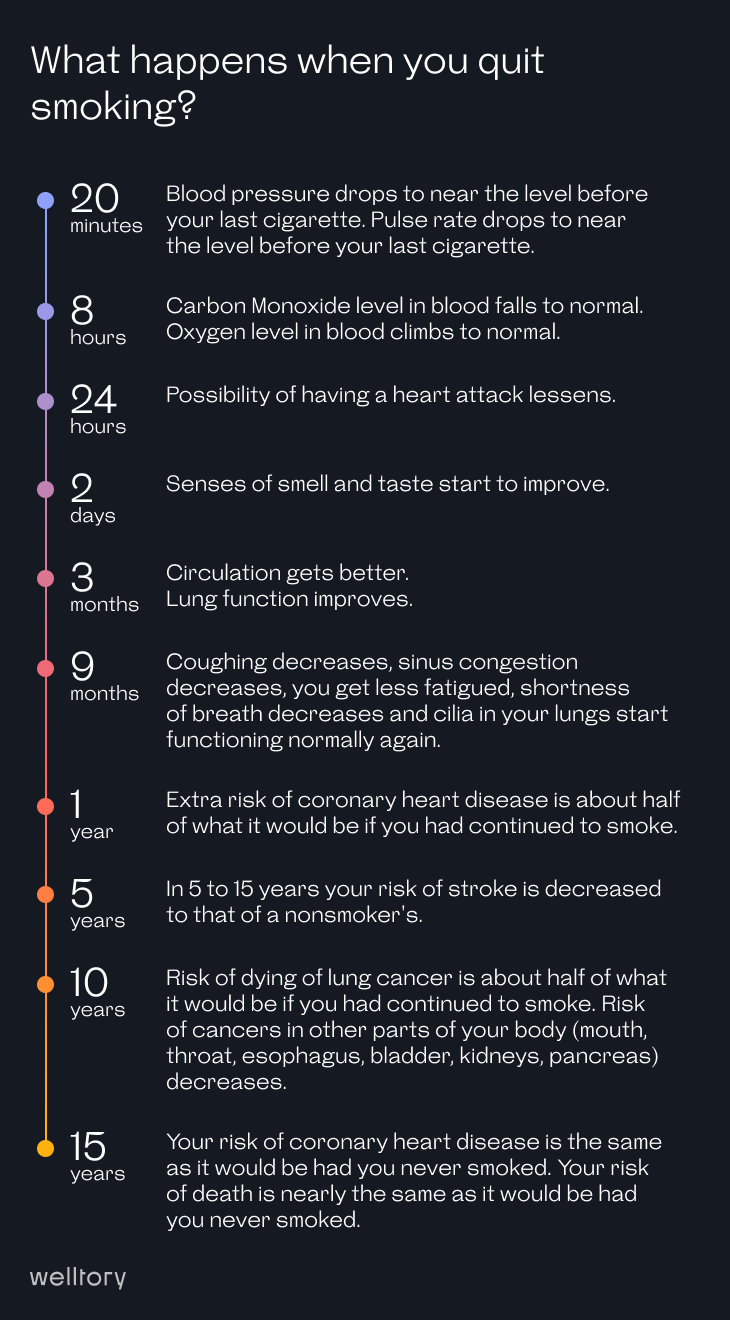
Cravings and withdrawal symptoms like headaches, trouble sleeping, brain fogginess, irritability, and constipation can happen for the first few weeks. They usually peak around the three day-mark, but there’s no quit smoking timeline that can be applied to everyone. Don’t be discouraged if your body takes longer to recover. Instead, look at these symptoms as positive signposts that your body is working hard to be addiction-free.
Quitting smoking is possible with the right tools and the right mindset. Treat your journey as a series of experiments and don’t give up if one of them fails. For many people it takes more than one try to quit smoking for good, but with every attempt you’ll learn more about yourself and your addiction, which can only strengthen your chances of success in the long run.
In addition to all the health ramifications, alcohol won’t help you make smart career decisions at a work meeting. Remember that the weaker your drink is, the stronger your position will be.
Welltory Team, 31 Aug. 2022

From manual pulse counts to the latest in app technology, dive into the transformative journey of heart rate monitoring
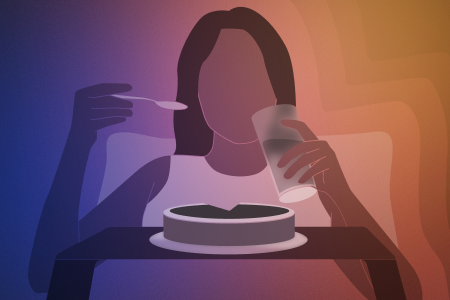
Discover the intricate relationship between late-night eating and its impact on sleep duration and quality
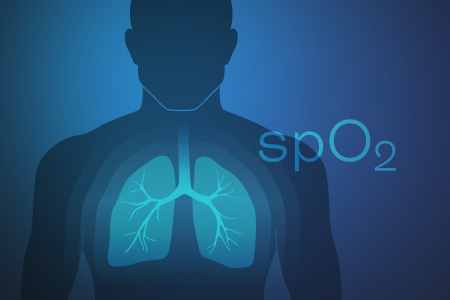
From boosting cognitive function to enhancing physical performance, discover the impact of blood oxygen levels on various aspects of health

The relationship between stress and productivity and how Welltory can help you plan better
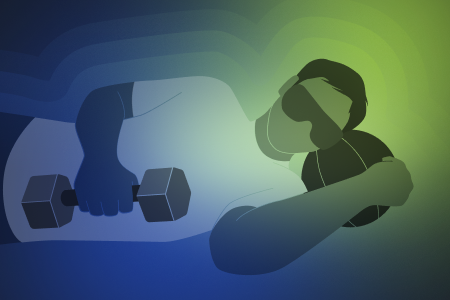
Does sleeping burn any calories, should you exercise right before bed and how much do you need to sleep to burn a 1000 Cal
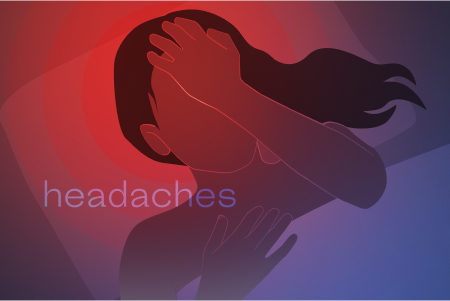
All you needed to know about headaches at night – types of nighttime headaches, their causes, possible treatment and how to avoid them.
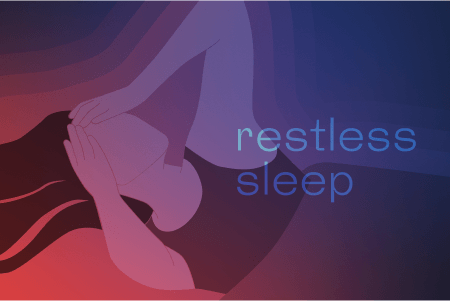
Learn how to improve your sleep quality with Welltory sleep tracking capabilities and our Top-10 tips on sleeping healthier

What factors determine your heart rate and how it differs among persons of different age and biological sex
 App Store
App Store
 Google Play
Google Play
 Huawei AppGallery
Huawei AppGallery
 Galaxy Store
Galaxy Store







